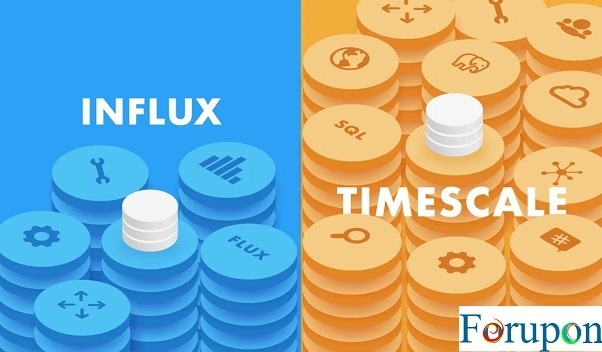Dun & Bradstreet Chooses Neo4j to Accelerate Clients’ Compliance with Complex Company Ownership Checks
The Challenge
For upon |D&B prides itself on harnessing the most advanced technologies and techniques to deliver its data and insights to clients, through its own services and via partnerships with innovative startups with their own ideas for modern, data-based apps and services.
In response to new international transparency requirements around business owners’ historic company interests, the global investigations designed to curb money laundering and other crimes and the considerable research burden for firms’ own skilled teams, D&B identified an opportunity to provide an accelerated information service. This would empower financial and professional services organizations to complete customer checks swiftly and accurately.
“We already had customers using our business data for existing ‘know your customer’ requirements, but the new ‘beneficial ownership’ mandate was becoming a significant pain point,” explains Paul Westcott, Senior Product Manager, Compliance at D&B UK. “The investigations call for highly trained staff, and this activity is hard to scale. A single query might tie up key people for 10-15 days, resulting in lost revenue.” And because new business teams can’t legitimately register sales until the checks are completed, any delay could mean a shortfall in revenue.
D&B saw an opportunity to address this need with a new data-based service. But mapping all of the complex data relationships and maintaining a rapid speed of response would not be possible with traditional approaches to data management.
The Solution
As a technology company, D&B was already aware of the potential of graph data management technology, and here was a perfectly matched requirement. “Being able to quickly understand relationships between data would give us the ability to rapidly interpret corporate structures and any dilution of ownership of a business,” Westcott says.
Neo4j stood out from the start, not just on the strength and track record of its graph technology, but because of its collaborative approach to creating a targeted solution.
“They immediately saw an opportunity to partner with us to solve a clear business need,” Westcott recalls. “Together we had built the graphs and a working API to collate and send the data to the client in under three months, which is very impressive.”
Neo4j outshone other graph providers with its lead on performance, he adds. “The Neo4j stack, its network of nodes and connections, mean data can be surfaced for an individual in milliseconds – that’s a very quick return of information and was the ideal fit for our needs.”
The article was originally published here.


Comments are closed.